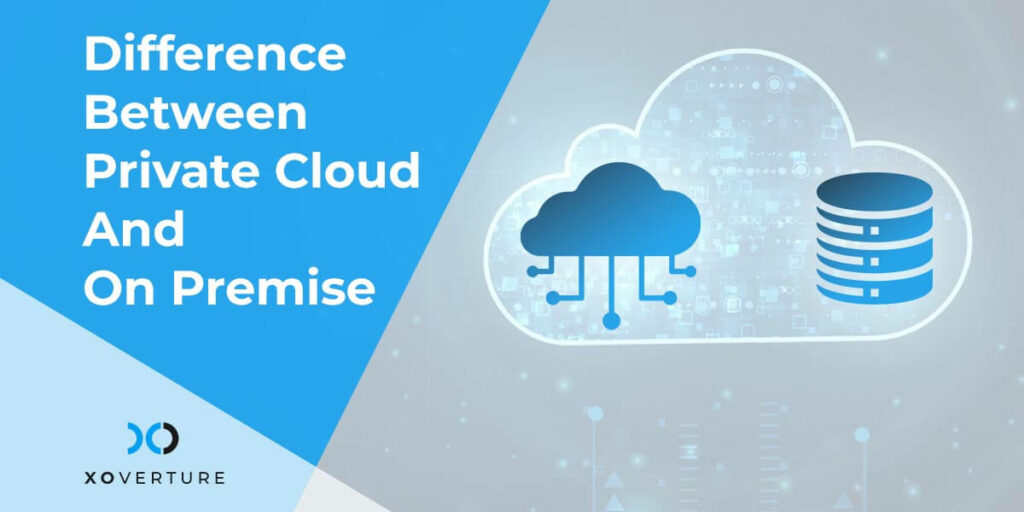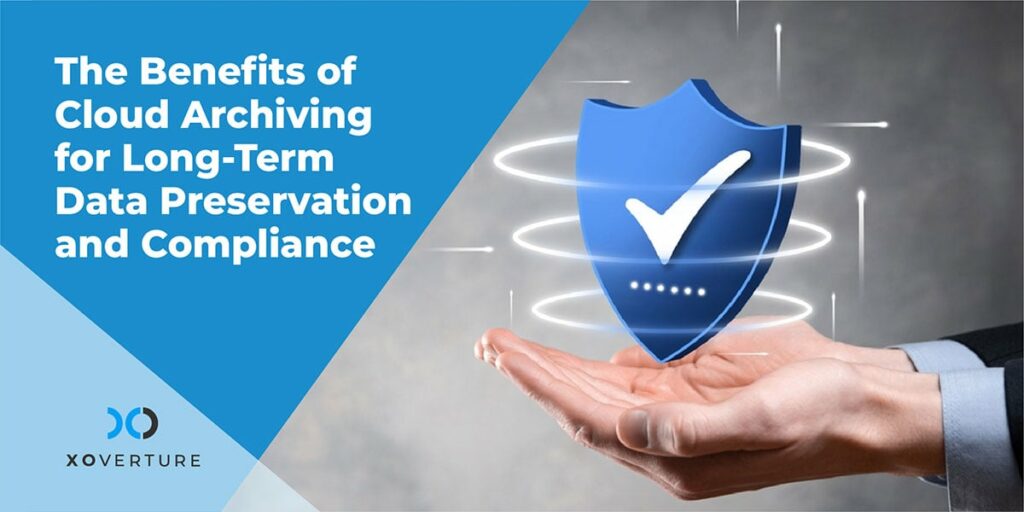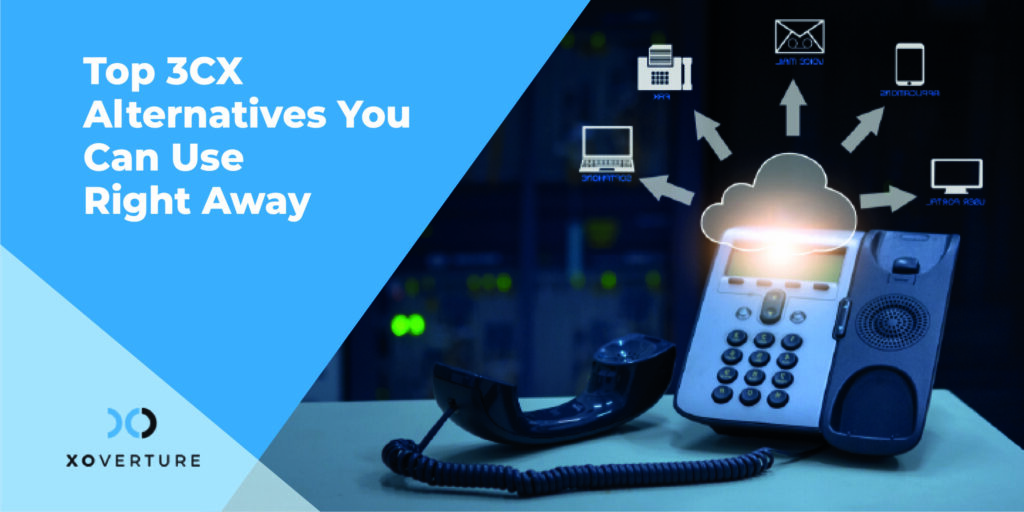More and more businesses are researching and exploring the benefits of implementing a cloud solution for their business as the popularity of private cloud solutions grows. Businesses can select between on-premise and hosted private cloud deployments for their cloud services. Let us understand the difference between a private cloud and on-premise. This blog will go through the advantages of each to assist you in making an informed decision for your company.
What is a Private Cloud?
A private cloud, also known as an enterprise cloud or an internal cloud. It is a deployment paradigm in which resources are allocated to a single firm. The infrastructure is hosted on the intranet of the company or in the data centers of the cloud service provider under this architecture.
This allows underlying businesses to adapt components like networks, hardware, and storage as needed.
It’s popular among businesses that manage sensitive data and value the adaptability and scalability it provides.
What is On-Prem?
The principle of on-premise cloud infrastructure is straightforward. When a company or organization opts for on-premise cloud architecture, all of its computer resources and IT infrastructure are housed on its premises. It’s an in-house private cloud service that enables enterprises to centralize all cloud computing equipment on their premises. It can be managed internally or by a third-party cloud vendor.
All virtual machines, including servers and other components, are running within the boundaries of the company. Because the cloud infrastructure is handled on-premises, businesses have complete control over their future. It is because they administer the data center and are responsible for all cloud solutions and operations. This gives businesses more control and security. This is because they only pay for the resources they use, and they can buy whatever hardware configuration they require.
Differences Between Private Cloud and On-Premise
Setup and Configuration
When a company decides to go on-premises, it must invest in the necessary hardware, software, servers, and data storage systems to build a solid IT infrastructure. It must also deploy trained professionals to set up and analyze on-premise IT infrastructure in accordance with specific business requirements. Despite deploying sufficient resources, many businesses find it difficult to maintain their on-premise IT infrastructure.
The private cloud, on the other hand, allows companies to deploy applications and services on a flexible IT infrastructure without having to invest in specific hardware, software, or servers. Businesses can also select between a hosted private cloud and an on-premise/internal private cloud. The private cloud is installed on-premises and maintained by businesses themselves. Third-party services provide and administer the hosted private cloud solutions.
Cost of Private Cloud and On-Premise
When a company chooses an on-premise cloud model, all cloud management is done on-site, and they must have their own powerful and sophisticated IT infrastructure. Because the companies are in charge of the data center, they must invest in the appropriate hardware, servers, software, and storage systems to meet their needs. They’ll also require a specialized IT team to oversee the entire IT infrastructure.
As a result, a hefty sum is required for the purchase of the essential hardware as well as the entire setup. The third-party cloud vendors are in charge of maintaining the servers and their equipment inside the data centers with a hosted private cloud. As a result, the expense is borne by third-party providers.
The Bottom Line
On-premise clouds provide you more power and control over your server, but you must bear full responsibility for costs and upkeep when building one. You should budget for hardware resources, software licensing, and hardware failures. You should also budget for any additional resources needed to maintain your cloud current and be compatible with newer applications.
A hosted private cloud solution, on the other hand, provides a better result. You may use all of the server utilities without having to pay for any additional hardware, software licensing, or maintenance. There will be no more hardware issues or website downtime, and the best part is that your website’s scalability is limitless. Now, regardless of the type of website you’re creating, you may scale as much as you want.
Conclusion
Managed cloud services include both private and on-premise clouds, with each customer paying solely for the resources they utilize. Hosted cloud, on the other hand, is a cloud infrastructure service in which a third-party cloud vendor hosts everything for you, either in-house or in an offshore location. Whereas on-premise cloud is a private cloud service in which a business or organization hosts everything on-premise. Businesses administer the data center and are responsible for managing cloud solutions in an on-premise system. Whereas, in a hosted private cloud, the business relinquishes all management to a third-party cloud vendor.






